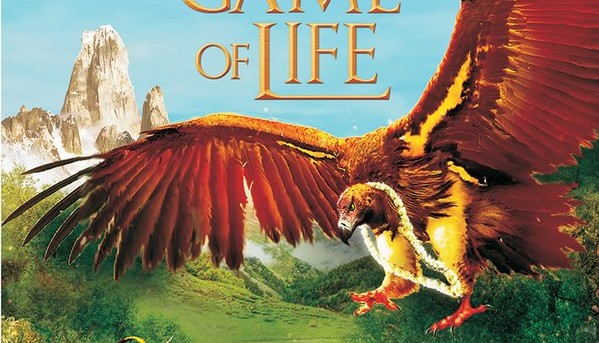We have all grown up listening to stories from Ramayana to an extent, we have internalised the idea of good and bad vis-a-vis the characters from these epics. In fact, there is a certain bias between the two epics — Ramayana and Mahabharata itself.
While being a literature student, I have always been critical of the way women and other creatures are treated in our epics. I have been a fan of Devdutt Patnaik’s angle on mythological subjects and their present day analysis. Similarly, when I heard about Shubha Vilas’ Ramayana, Book 3, The Stolen Hope, I grabbed the opportunity to read it. I was already two books late.
Shubha Vilas is a spiritual seeker and motivational speaker and believes that a good teacher, no matter how knowledgeable, always sees the process of learning and teaching simultaneously as an inherent aspect of personal and spiritual growth.
The first thing I loved about the book was the design– The little deer on the footnotes moved and changed positions. I found the entire approach of the design very fascinating and innovative. How it becomes a symbol of hope, chase, learning, love and desires.
The book comes with fabulous management lessons for the present day man. I like how Shubha Vilas takes a time to explain each and every action in the past with a current day perspective and precision. I also liked, how the book came with small snippets about the last two books.
The writing is eloquent and plain, the book starts with the epic and famous story of how Dandakaranya jungle came into being and why it was afflicted with the Rakshasa troops. It goes on to narrate the journey of 11 years of how Rama, Lakshmana and Sita spent their time in the forest, with no regrets.
The book bridges the gap between the loyal traditional approach to the Ramayana and modern and exciting approach to the epic. The fascinating element about the latest version is how it manages to enrol the reader into comparing his daily life with the actions and purpose of each character in the book. Managing life in the complicated stages of the profession as well as relationships are not easy and it definitely needs managing lessons, as every day has its own trouble.
In chapter 6, A Reckless Request, the writer quotes “Doubting Character is like whipping a relationship“. Character assassination is actually relationship assassination.
Though the interesting graph goes high in this book, the low point is that the book is too long and very preachy.
If you are a short story lover, you’ll definitely enjoy the book as it is filled with so many epic short stories. The book describes how Jatayu’s intervention in Ravana kidnapping Sita was necessary, as it delayed the time frame. So the time by which Ravana left with Sita, punarvasumuhurta had started. Whatever is lost in this time frame, it definitely returns to the owner, though it took 14 long years.
The book ends with one of the encouraging lines “Through the story of the search for Sita, the readers will be inspired to discover the hidden hero within them”
This review is a part of the biggest Book Review Program for Indian Bloggers. Participate now to get free books!






No Comments, Be The First!